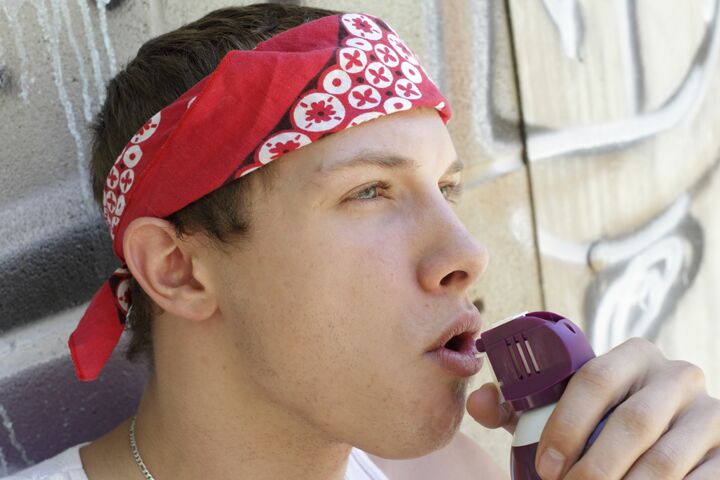
Britain: Young People Turn to ‘Legal Highs’
The number of British 18-to-24-year-olds undergoing treatment for drug addiction decreased substantially in 2009-2010, with the one exception of cannabis, according to Britain’s National Treatment Agency for Substance Misuse (nta).
Good news? Probably not.
The nta report stated: “Despite this apparent step away from the most harmful street drugs, there is some evidence of a corresponding move towards new synthetic compounds (sometimes known as legal highs) such as mephedrone.
“The nature of the legal highs market means that new substances are continually emerging, bringing with them renewed concerns about their actual chemical composition and the potential harmful effects.”
It continued: “Treatment data suggests few people so far have needed help for these new drugs. It could take some time for those using legal highs to develop problems that would call for formal treatment. So it’s too early to tell if there is an emerging treatment need, although reports from A&E [Accident and Emergency] units suggest these new drugs do cause significant harm.”
In fact, many of these “legal highs” aren’t actually legal. Britain’s National Health Service (nhs) reports that it is likely that such drugs actually contain at least one illegal substance.
Taking these new drugs can be very risky. Drug manufacturers will create new chemicals that are slightly different to substances already banned. These new “legal” substances have not been extensively used and so have unknown effects.
“Legal highs can carry serious health risks,” writes the nhs. “The chemicals they contain have in most cases never been used in drugs for human consumption before, so haven’t been tested to show that they are safe. Users can never be certain what they are taking and what the effects might be.”
One reason many are turning to legal highs is reported to be the low quality of cocaine that is on sale in the UK.
“People hear the word ‘legal’ and they think ‘safe.’ Yet it’s anything but,” says Peter Kelsey, team leader for drug addicts support agency Lifeline Redcar and Cleveland.
“Cocaine has been around for literally thousands of years. We know what it does and how to treat people.
“But with legal highs there have been lots of reports of different side-effects, like people committing suicide or becoming paranoid because of mephedrone binges. It’s new so we are still trying to establish the best way to deal with it.”
Mephedrone, also known as Miaow-Miaow and M-Cat, used to be one of these legal highs until it was banned earlier this year.
The problem is a tough one for the government to solve. As soon as one drug is banned, more take its place. The Home Office has announced legislation that will enable them to ban new substances more quickly. But this does not get to the root of the problem.
There is a huge emptiness in people’s lives if young people are willing to take the unknown risks of trying an entirely new drug just to get a high—a moment of pleasure and a moment of escape.
Britain’s huge binge-drinking epidemic—over 9,000 died due to overdrinking in 2008—is another symptom of this same void. Be it alcohol or “legal highs,” the aim is the same.
For more information on what is missing in British society, and where the nation is headed, read our articles “UK: Drinking Itself to Death” and “How to Fix Britain’sDrunkenness.”
